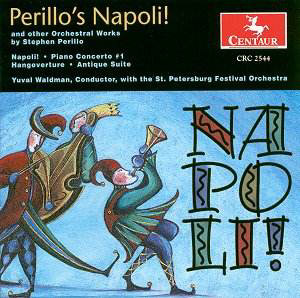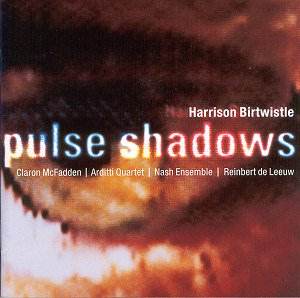 Composer: Frédéric Chopin
Composer: Frédéric Chopin
Works: Polonaise-fantaisie in A flat, op. 61; Ballade no. 1 in G minor, op. 23; Nocturnes in E flat, op. 9/2 and C sharp minor, op. 27/1; Barcarolle, op. 60; Etudes in C sharp minor, op. 25/7 and G flat, op. 10/5; Nocturnes in B, op. 9/3 and F, op. 15/1; Ballade no. 4 in F minor, op. 52; Valse in A flat, op. 69/1
Performers: Vladimir Horowitz (pianoforte)
Recording: Live 1982, Studio 1957, Live 1979-80, Live 1981
Label: RCA
Frédéric Chopin’s oeuvre encapsulates a profound exploration of Romantic expression, characterized by its intricate interplay of lyricism and virtuosity. His works are not merely technical showcases; they are eloquent dialogues that convey deep emotional landscapes. This compilation featuring Vladimir Horowitz brings forth Chopin’s genius through a series of performances that reflect both the pianist’s formidable artistry and the complexities inherent in interpreting such nuanced compositions.
Horowitz’s performance of the Polonaise-fantaisie in A flat, op. 61, recorded live in 1982, reveals a pianist in a playful yet somewhat chaotic mood. This rendition is marked by an audacious reimagining of the piece’s textures, with Horowitz highlighting individual notes with startling emphasis, as if to invite the listener into a personal conversation with the music. While his interpretative choices exude an engaging spontaneity, they risk overshadowing the work’s overall structure. The contrasts he draws out are compelling, yet one is left with a sense that the composer’s architectural design has been sacrificed for moments of dazzling bravura. Comparing this performance to an earlier CBS recording from the 1970s, one can appreciate a more measured approach, where Horowitz’s whimsy does not compromise the piece’s integrity.
The G minor Ballade, however, suffers from a lack of freshness in this compilation. The pianist’s familiarity with the work seems to have bred a certain complacency; the gestures sound rehearsed, almost automatic, robbing the performance of its dramatic potential. In stark contrast, his live Carnegie Hall rendition from 1968 exhibits a vivacity that is sorely missed here. The earlier recording captures a spontaneous spirit and a connection to the music that feels increasingly distant in the 1982 interpretation.
Recording quality varies throughout this collection, with the studio recordings of the Nocturnes from 1957 presenting a somewhat dry sound that lacks the warmth one might expect from Horowitz’s artistry. While the performances are technically sound, the engineering does not fully do justice to the rich sonorities and expressive nuances that characterize Chopin’s music. In the Barcarolle, however, the sound is sublime, enveloping the listener in a shimmering atmosphere reminiscent of water lapping against a tranquil shore. It is in moments like these that Horowitz’s interpretative genius shines, offering an evocative portrayal that captures the essence of Chopin’s lyricism.
The C sharp minor Etude, with its intricate contrapuntal lines, is another highlight, showcasing Horowitz’s ability to balance technical prowess with lyrical depth. His treatment of the F minor Ballade is particularly noteworthy; the sweeping arc of this late work culminates in a compelling, overwhelming conclusion that demonstrates both the pianist’s emotional engagement and technical control. The Valse in A flat, with its flirtatious rhythms and teasing timings, exemplifies Horowitz’s playful side, though one senses the tension between restraint and excess throughout.
This compilation poses challenges for both novice listeners and seasoned aficionados. While it contains moments of undeniable brilliance, the erratic nature of the performances, particularly the 1982 interpretations, could lead to confusion for those unfamiliar with Chopin’s subtleties. For the discerning listener, however, the collection offers valuable insights into Horowitz’s interpretative journey, with the Barcarolle and the F minor Ballade standing out as essential representations of his artistry. Ultimately, while this compilation may not serve as the first gateway into Chopin’s world, it undeniably provides a fascinating glimpse into the complexities of interpretation by one of the greatest pianists of the 20th century.



